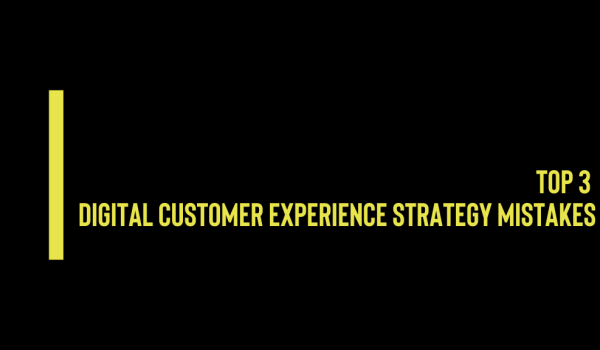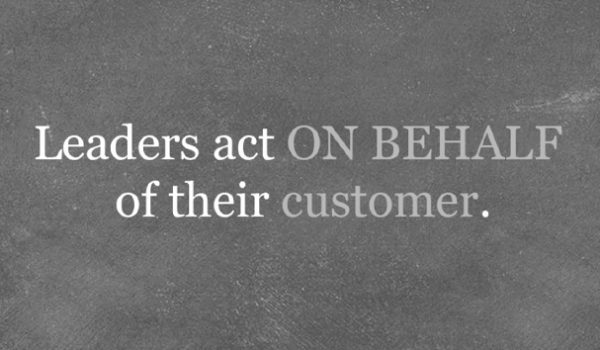
3 Challenges of Hybrid Working and How to Overcome Them
According to a Gallup study, 53% of Americans expect to work in a hybrid arrangement in 2022 and beyond. This number is significant enough for corporate America to get hybrid working right today. Unfortunately, early indicators show we are on the wrong path. Here are the biggest challenges of hybrid working for organizations. And how you can overcome them.
Insufficient Guidance
Today’s executive guidance feels like someone threw spaghetti at the wall. Multiple arbitrary “policies” like “6 in-office days per month,” ” 1 day a week in the office,” “3 days on campus per week minimum,” confuse and frustrate employees.
These approaches feel like HR started writing hybrid working policies and stopped at the first sentence. Organizations have shifted the responsibility of managing employees to the employees themselves. Without guidance. I can hear executives telling HR: “They will figure it out.” When organizations abdicate managerial responsibilities like this, employees make the trip to the office, only to meet another computer screen and endless Zoom calls. New hires start without ever meeting anyone in person. They stare at black boxes on Zoom because no one turns on their cameras. And a generational divide separates Baby Boomers who prefer in-person from younger employees who prefer remote.
To overcome these challenges, get leaders back into the boardroom. Revisit the organization’s mission, vision, and values, and infuse them into the brand’s culture. With the anchor of mission, vision, and values, leaders can engage in a return to office project that redesigns HOW to work. And re-aligns that work with the organization’s cultural beliefs.
Organizations require comprehensive hybrid work policies that have schedules at the division levels, rules for travel, and directives for leaders to organize regular, in-person social events.
In other words, the hybrid work policy needs to communicate expectations (and the reasons for those expectations) to all employees. Will some employees dislike this? Absolutely! That is inevitable.
However, what will help leaders swallow this bitter pill is understanding that employees will leave your organization, regardless. The difference is, they will leave because they are disengaged and disconnected from the organization. Or because they are not a culture fit. The latter does not lead you anywhere. The former helps set your North Star into the next decade. And that North Star ensures your organization’s vitality.
Insufficient Investment in Hybrid Work Infrastructure
The biggest challenge of hybrid working is that 2022 strategic plans and budgets took hybrid as a cost saving. Organizations celebrated lower real estate costs, and skipped the necessary investments in additional corporate events, T&E, collaboration technology, and office space redesign. These are all the necessary things that offset the loss of human connection that comes with the loss of shared workspace. That loss is a game-changer, and it has to be recovered.
During the Cold War, MIT professor Thomas Allan researched why some US engineering projects were more successful than others. He found teams with members who had the least distance between their desks were the most successful. As Allen said, “if you can see the other person or even the area where they work, you’re reminded of them, and that brings a whole bunch of effects.” Today, leaders are not accounting for the negative impact of the disappearance of these effects. Nor are they properly designing and investing in solutions. We have encountered this with clients who point to budgetary constraints when we recommend leadership summits, in-person All Hands meetings, and virtual engagement activities.
When executives talk about hybrid, they only look at the real estate cost savings side of the coin. What they fail to see are the necessary investments to offset the disappearance of the pre-covid social environment that built strong employee relationships (the relationships that fuel productivity and employee retention). Organizations need an infrastructure to enable employees to do what they used to do: to form relationships, collaborate, grow within the organization, and feel like they are part of something and their role matters. Putting them on Zoom is not enough.
In order to build and maintain high performing teams in a hybrid working environment, double down your investments in:
1) Travel Budgets
Double your travel budget. At least. Bring people together quarterly. Or re-think your leaders’ responsibility to include additional travel. Get them out making deep, in-person connections across your distributed office regularly.
2) New Positions
Open new positions for doers in HR. They are the Event Planners in our new working world. Call them Culture Ambassadors, or Hybrid Experience Engineers. And give them meaningful budgets to program manage regular in-person career chats, volunteering offsites, and all day All Hands offsites with guest speakers. Empower them to facilitate connections across your organization. Do not hire another Senior Executive to create your company’s strategy and execution plan for remote work. Trust an existing executive to do that. This is not the hard part. Save that $300K, and invest in a leadership offsite with style and impact.
3) Training Budget
Increase your training budget significantly. Invest in new onboarding and training programs that empower your new and veteran employees. Stop thinking about training the old, pre-remote work way.
Instead, reframe your training to enable employees. And triple the budget. These are bold asks to compensate for big losses. Think about it. Those real estate cost savings mark the robbery of the space where employees connected and shared knowledge with each other. Re-invest real estate savings into building a human connections engine for your employees in the hybrid environment. This is the path to effective teams.
Insufficient Communication
Another sad realization about the current state of corporate affairs, is the lack of awareness and empathy for the current state of employee connection. People are isolated in their homes. They lack context about the companies they work for, and their roles within them.
So, now is the time to invest in an analyst to publish an internal newsletter. Or a developer to stand up your intranet. Reach back to your own experiences. Remember all the key people we learned about, just by being trained on our first day of work? Our colleagues told us stories. They dropped a name, and, in passing, explained what that person did, who s/he worked for, and whether they liked him/her.
Think about those organic, impromptu chats by the water cooler, or in the restroom.
Now, understand what happens when all this context disappears. In the current hybrid working environment, you are left with an Outlook email system and a barely maintained org chart from an archived presentation.
How productive would you feel if you could not even send an email to the right recipients? How safe, confident, or content would you feel if you had no clue how you relate to the organization you just joined?
To combat this, open communications projects. Share information with higher frequency than ever. In meaningful ways, repeat messaging about everything that makes your company culture: values, rituals, heroes, etc. And use that communication to orient and empower your employees.
In 2022, organizations lost many communications mediums we once relied on. Consider all the passive forms of communication we had pre-hybrid. Office design, nonverbal actions of leaders (JetBlue’s CEO Dave Barger knew all our names and used to high-five us in the elevators and hallways). To compensate for these losses, invest in a communications team. That team will build a communications strategy; design a multi-channel communications plan; and communicate, communicate, communicate.
Overcome Hybrid Challenges with the Right Onboarding, Training, and Budgets
It seems we are back again with our friendly reminder that the old ways are not working. Until leadership changes the way they do things, organizations will continue to lose talent, productivity, and resources.
Positive change happens when we rethink training; implement relevant, supportive onboarding programs; and engage in the budgeting and re-orging that successful hybrid work requires.
The Moment of Arrival
How to start? Develop an Onboarding Program. And design formal onboarding experiences. To be clear, onboarding is NOT remote training. Nor is it shipping out a company swag bag. It must be done in person. Of course, this brings us back to the critically important travel and events budgets and policies.
In his book, The Culture Code, Daniel Coyle coins the term “the moment of arrival.” This refers to the experience when a new employee joins a company. It is a pity this special moment remains underfunded.
JetBlue Airways still has an expensive, comprehensive onboarding program. It includes flying new employees to “the LODGE,” a campus-like hotel in Orlando. The funding of $32MM was an historical investment in employee experience. And it created some of the strongest colleague relationships I have ever witnessed.
Culture Guidance
However, this is only possible if an organization dedicates a culture budget and a team to spend it appropriately. Too often, we meet new hires who have been with an organization for nearly a year. They have never met their leader in person.
Leaders, we must do better. Surely, if JetBlue could find 32MM, you can find one.
















































































